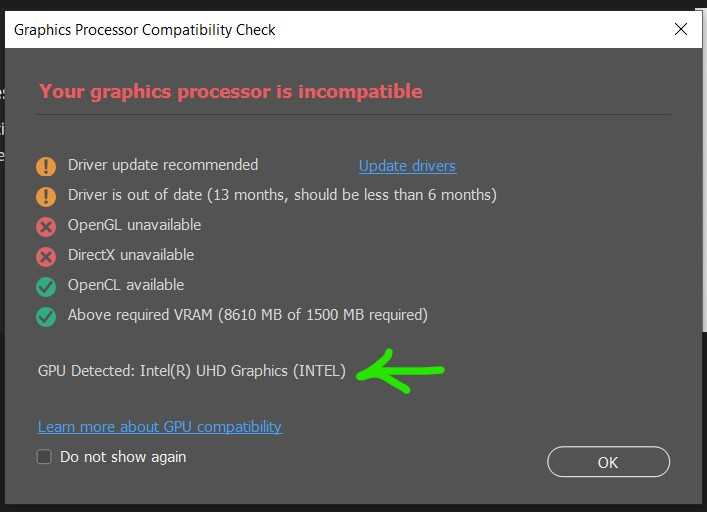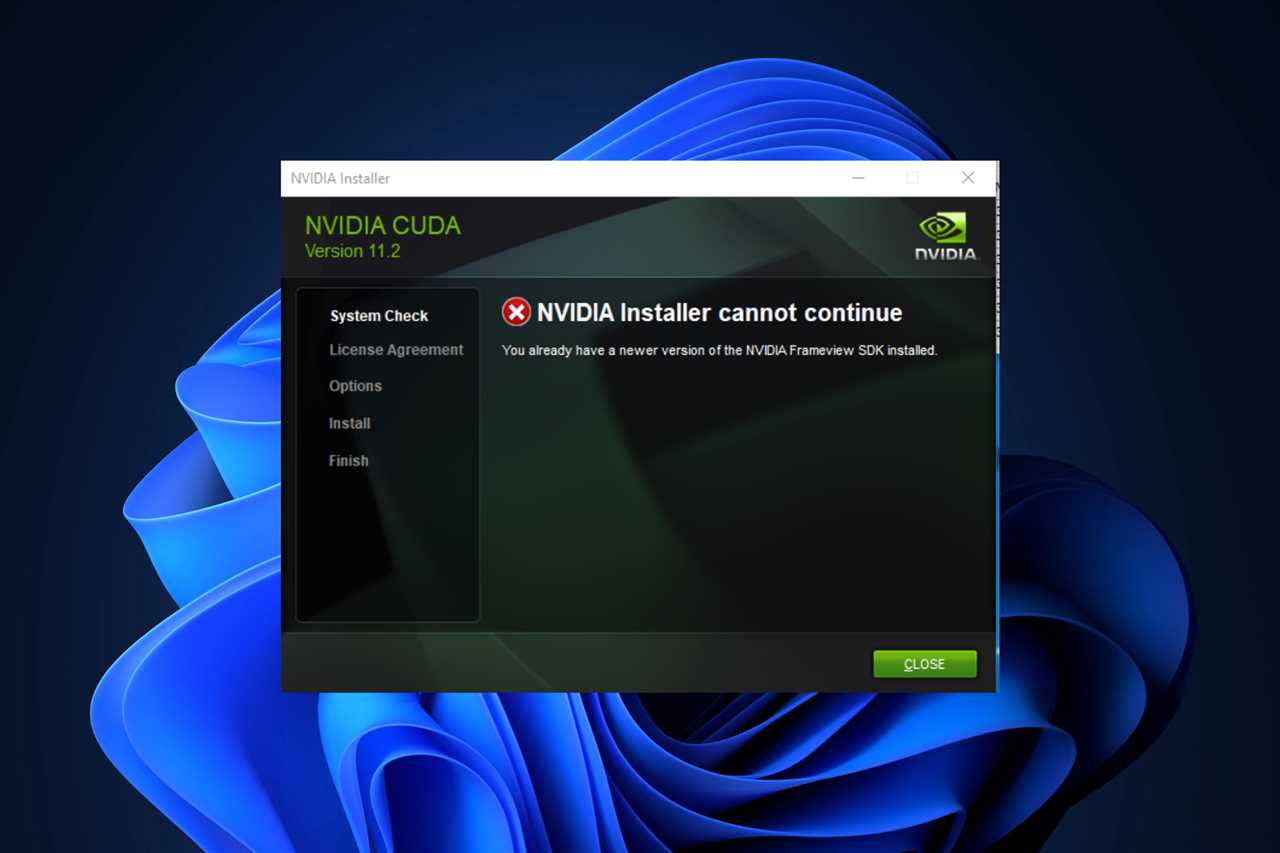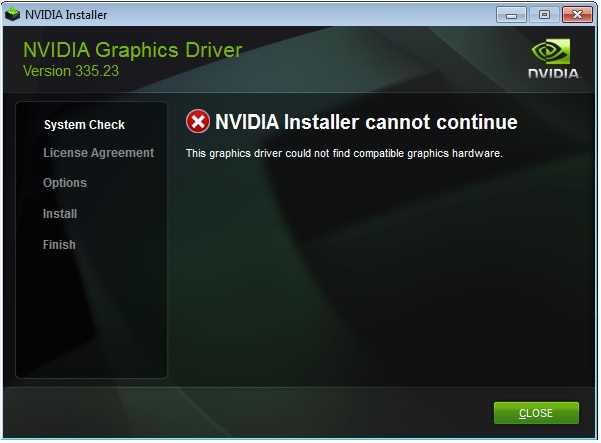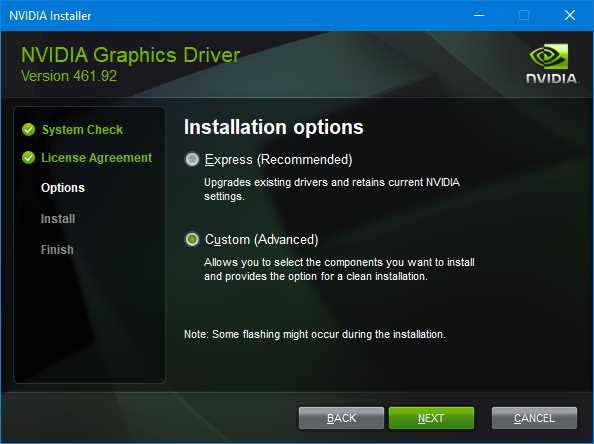
When it comes to graphics cards, Nvidia is a name that stands out in the industry. Their GPUs are known for their exceptional performance and cutting-edge technology. However, one issue that has been a cause of concern for many Nvidia users is the lack of regular driver updates. This has left many wondering why Nvidia is not updating their drivers as frequently as they should.
There could be several reasons behind Nvidia’s decision to not update their drivers as often as users would like. One possible reason is that Nvidia may be focusing their resources on developing new hardware and technologies. As a company that is constantly pushing the boundaries of what is possible in the world of graphics cards, it is possible that Nvidia is prioritizing the development of new products over driver updates.
Another reason could be that Nvidia believes their current drivers are stable and reliable, and therefore do not require frequent updates. Nvidia may have thoroughly tested their drivers and found that they are functioning optimally, without any major bugs or issues. In such a scenario, Nvidia may see no need to release frequent updates and risk introducing new problems.
However, this lack of driver updates can be frustrating for users who are experiencing issues or want to take advantage of the latest features and optimizations. Fortunately, there are some solutions available for those who are facing this problem. One option is to manually check for driver updates on Nvidia’s website. They may release updates sporadically, so it is worth checking periodically to see if any new drivers have been released.
Another solution is to consider using third-party driver update software. These programs can scan your system, identify outdated drivers, and automatically download and install the latest versions. While this can be a convenient option, it is important to choose a reputable software to ensure the safety and reliability of the downloaded drivers.
In conclusion, the reasons behind Nvidia’s decision to not update their drivers frequently may vary. It could be due to their focus on developing new hardware or their belief that their current drivers are stable. However, for users who want to stay up-to-date with the latest drivers, manually checking Nvidia’s website or using third-party software are viable solutions.
Reasons for Nvidia not updating drivers

There can be several reasons why Nvidia is not updating its drivers. These reasons include:
1. Compatibility issues: Nvidia may not release driver updates for certain older graphics cards or operating systems due to compatibility issues. This means that users with these devices or systems may not be able to receive the latest driver updates.
2. Lack of resources: Nvidia may not have enough resources or manpower to regularly update drivers for all of its products. This can result in delays or gaps in driver updates for certain devices.
3. Focus on newer products: Nvidia may prioritize driver updates for its newer products, leaving older devices with less frequent updates or no updates at all. This is because the company wants to ensure that its latest products have the best performance and compatibility.
4. Third-party dependencies: Nvidia’s driver updates may depend on certain third-party software or components. If there are delays or issues with these dependencies, it can affect the release of driver updates.
5. Legal or licensing restrictions: Nvidia may face legal or licensing restrictions that prevent it from updating certain drivers. This can be due to intellectual property rights or agreements with other companies.
6. User error: Sometimes, users may not be able to update their Nvidia drivers due to their own mistakes or errors. This can include incorrect installation procedures, incompatible hardware, or software conflicts.
It is important for users to understand that while Nvidia strives to provide regular driver updates, there may be limitations or constraints that prevent them from updating certain devices or systems. In such cases, users can try alternative solutions or seek support from Nvidia’s customer service.
Lack of resources

One of the main reasons why Nvidia is not updating drivers is due to a lack of resources. Developing and releasing driver updates requires a significant amount of time, effort, and manpower. Nvidia may not have enough resources to allocate towards driver updates, especially if they are focusing on other projects or priorities.
Updating drivers involves extensive testing and compatibility checks to ensure that the new drivers work seamlessly with different hardware configurations and software applications. This process requires a dedicated team of engineers and testers who can thoroughly analyze and fix any issues that may arise.
In addition, Nvidia may also face challenges in keeping up with the rapid pace of technological advancements. As new hardware and software technologies emerge, Nvidia needs to adapt and develop drivers that are compatible with these innovations. This requires continuous research and development, which can be resource-intensive.
Furthermore, Nvidia may prioritize driver updates for their latest products or flagship graphics cards. This is because these products often have a larger user base and generate more revenue. As a result, older or less popular graphics cards may not receive regular driver updates.
While the lack of resources may be a valid reason for Nvidia not updating drivers, it can be frustrating for users who rely on these updates to ensure optimal performance and compatibility. However, there are alternative solutions available, such as community-developed drivers or tweaking existing drivers to work with newer hardware or software.
In conclusion, the lack of resources is one of the reasons why Nvidia is not updating drivers. This highlights the challenges faced by technology companies in balancing their resources and priorities. However, users can explore alternative options to ensure that their Nvidia graphics cards are up to date and compatible with the latest technologies.
Compatibility issues

One of the reasons why Nvidia is not updating drivers is due to compatibility issues. As technology advances, new hardware and software are constantly being released, and it can be challenging for Nvidia to keep up with all the different configurations and combinations.
When Nvidia releases a new driver update, they need to ensure that it is compatible with a wide range of systems, including different operating systems, graphics cards, and other hardware components. This requires extensive testing and validation, which can take time.
In some cases, Nvidia may also encounter compatibility issues with specific software applications or games. These issues can arise due to changes in the software code or conflicts with other drivers or components. Nvidia needs to work closely with software developers to address these compatibility issues and release driver updates that resolve them.
Furthermore, Nvidia may prioritize driver updates for newer hardware or popular graphics cards, leaving older or less common configurations with outdated drivers. This is because newer hardware often requires more frequent updates to optimize performance and compatibility.
To overcome compatibility issues, Nvidia recommends regularly checking for driver updates on their website or using their GeForce Experience software. This will ensure that you have the latest drivers installed and can take advantage of any performance improvements or bug fixes.
Focus on new products

One of the reasons why Nvidia is not updating drivers as frequently as some users would like is because the company is focusing on developing new products. Nvidia is known for its cutting-edge graphics cards and other hardware, and they invest a significant amount of time and resources into research and development.
By prioritizing the development of new products, Nvidia aims to stay ahead of the competition and continue pushing the boundaries of what is possible in the world of graphics and computing. This means that they may not always have the resources available to dedicate to updating drivers for older products.
While this may be frustrating for some users who are still using older Nvidia hardware, it is important to remember that Nvidia’s primary goal is to innovate and bring new technologies to market. By focusing on new products, they are able to deliver cutting-edge performance and features to their customers.
However, this does not mean that Nvidia completely neglects driver updates for older products. They do release updates periodically, but the frequency may not be as high as some users would like. It is also worth noting that Nvidia provides support for their products for a certain period of time, after which they may no longer release driver updates.
If you are experiencing issues with your Nvidia drivers, it is recommended to check the Nvidia website for any available updates. If there are no updates available, you may need to consider upgrading to a newer Nvidia product that is still actively supported.
In conclusion, Nvidia’s focus on new products is one of the reasons why they may not update drivers as frequently as some users would like. By prioritizing innovation and research, Nvidia aims to deliver cutting-edge performance and features to their customers. While this may be frustrating for some users, it is important to understand the company’s goals and priorities.
Possible solutions for Nvidia not updating drivers

If you are facing issues with Nvidia not updating drivers, there are several possible solutions you can try:
| Solution | Description |
|---|---|
| 1. Check internet connection | Make sure you have a stable internet connection. Poor internet connection can prevent driver updates from downloading or installing properly. |
| 2. Restart your computer | Restarting your computer can help resolve temporary issues that may be preventing the driver updates from installing. |
| 3. Update Nvidia drivers manually | If the automatic driver update is not working, you can try updating the Nvidia drivers manually. Visit the Nvidia website, search for the latest drivers for your graphics card model, and download them. Then, install the downloaded drivers manually. |
| 4. Disable antivirus software | Antivirus software can sometimes interfere with driver updates. Temporarily disable your antivirus software and try updating the Nvidia drivers again. |
| 5. Clean install Nvidia drivers | If you are still facing issues, you can perform a clean install of the Nvidia drivers. This involves uninstalling the existing drivers completely and then installing the latest drivers from scratch. |
| 6. Contact Nvidia support | If none of the above solutions work, it is recommended to contact Nvidia support for further assistance. They can provide specific guidance based on your system configuration and troubleshoot the issue. |
By trying these possible solutions, you should be able to resolve the issue of Nvidia not updating drivers and ensure that your graphics card is running with the latest drivers for optimal performance.
Community-driven driver updates

One possible solution to the issue of Nvidia not updating drivers is the concept of community-driven driver updates. This approach involves the Nvidia community taking matters into their own hands and creating their own driver updates.
By leveraging the collective knowledge and expertise of the community, users can collaborate to identify and fix issues with Nvidia drivers. This can be done through forums, online communities, or dedicated websites where users can share their experiences and solutions.
Community-driven driver updates have several advantages. Firstly, they provide a way for users to stay up to date with the latest driver improvements and bug fixes, even if Nvidia is not actively releasing updates. This ensures that users can continue to optimize their hardware and enjoy the best possible performance.
Secondly, community-driven updates can address specific issues that may not be a priority for Nvidia. For example, if a particular game or software is experiencing compatibility problems with Nvidia drivers, the community can work together to find a solution and create a custom driver update.
However, it’s important to note that community-driven driver updates come with some risks. Since they are not officially supported by Nvidia, there is a possibility of compatibility issues or even system instability. Users should exercise caution and thoroughly research any community-driven updates before installing them.
In conclusion, community-driven driver updates offer a potential solution for users who are frustrated with Nvidia not updating their drivers. By harnessing the power of the community, users can collaborate to create their own driver updates and address issues that may not be a priority for Nvidia.
Third-party driver updates

While Nvidia is responsible for updating and releasing official drivers for their graphics cards, there are also third-party options available for those who prefer alternative solutions. These third-party driver updates can sometimes provide additional features or optimizations that are not present in the official Nvidia drivers.
One reason why Nvidia may not be updating their drivers as frequently as some users would like is because they prioritize stability and compatibility over constant updates. Nvidia thoroughly tests their drivers to ensure they work well with a wide range of hardware and software configurations. This approach helps to minimize the risk of compatibility issues or system crashes.
However, some users may still prefer to use third-party driver updates for various reasons. These updates are typically developed by independent developers or communities who reverse-engineer Nvidia’s drivers to add new features or improve performance. While these updates can be beneficial for some users, they also come with certain risks.
One of the main risks of using third-party driver updates is the potential for compatibility issues or instability. Since these updates are not officially supported by Nvidia, there is a higher chance of encountering bugs or glitches. Additionally, third-party updates may not receive the same level of testing and quality assurance as official Nvidia drivers, which can further increase the risk of issues.
Another consideration when using third-party driver updates is the legality of the software. Reverse-engineering Nvidia’s drivers and distributing modified versions can potentially infringe on Nvidia’s intellectual property rights. Users should be cautious when downloading and using these updates, as they may be violating copyright laws.
In conclusion, while Nvidia is not updating their drivers as frequently as some users would like, there are third-party options available for those who prefer alternative solutions. However, it is important to consider the potential risks and legality of using these updates before making a decision. It is recommended to thoroughly research and evaluate the reputation and reliability of any third-party driver updates before installing them on your system.
Regular communication with users

One of the main reasons why Nvidia is not updating drivers regularly is the lack of communication with its users. Many users have expressed their frustration with the company’s lack of updates and the lack of information regarding future driver releases.
Regular communication with users is essential for any software company, especially when it comes to drivers. Users need to know when updates are available, what improvements they bring, and any potential issues they may encounter. Without this information, users are left in the dark and may become frustrated with the company’s lack of transparency.
Nvidia should prioritize regular communication with its users to keep them informed about driver updates. This can be done through various channels, such as email newsletters, blog posts, and social media updates. By providing regular updates and addressing user concerns, Nvidia can build trust and loyalty among its user base.
Additionally, regular communication can also help Nvidia gather feedback from its users. Users may have valuable insights and suggestions that can help improve the driver updates. By actively engaging with users and listening to their feedback, Nvidia can ensure that its updates meet the needs and expectations of its users.
In conclusion, regular communication with users is crucial for Nvidia to address the issue of not updating drivers regularly. By keeping users informed and engaged, Nvidia can improve its driver update process and provide a better experience for its users.

